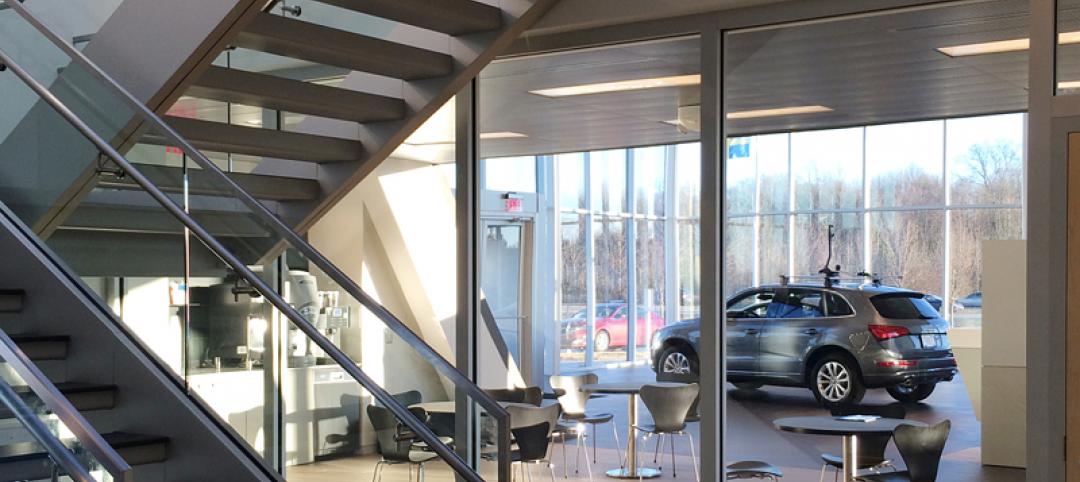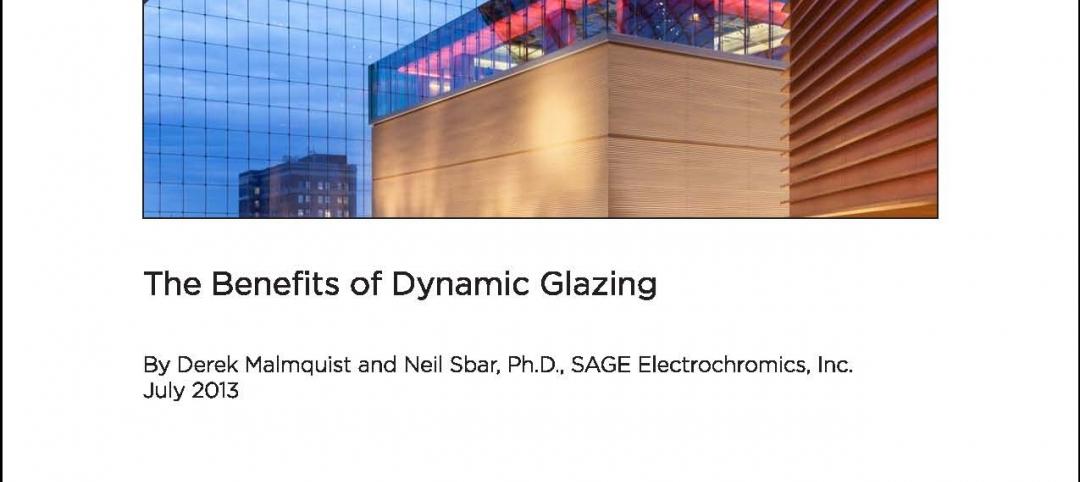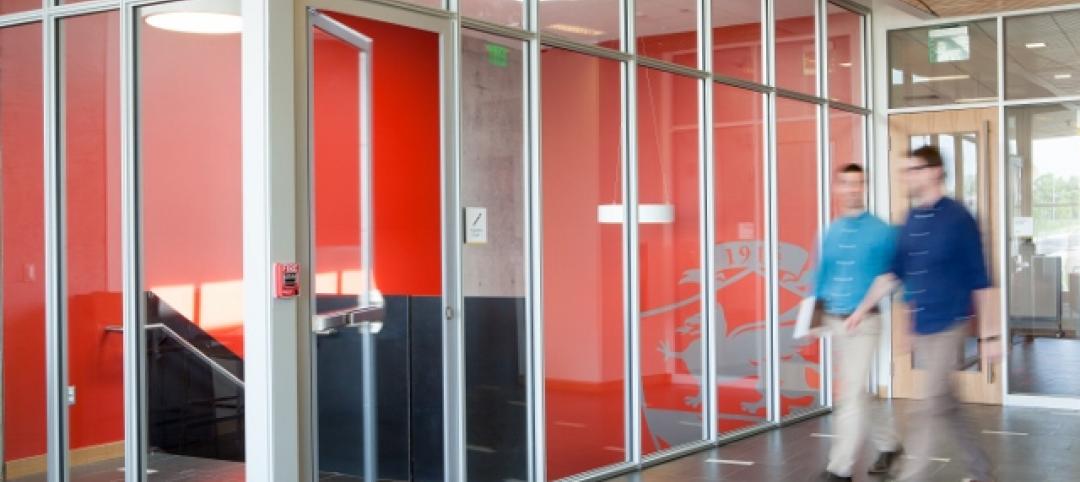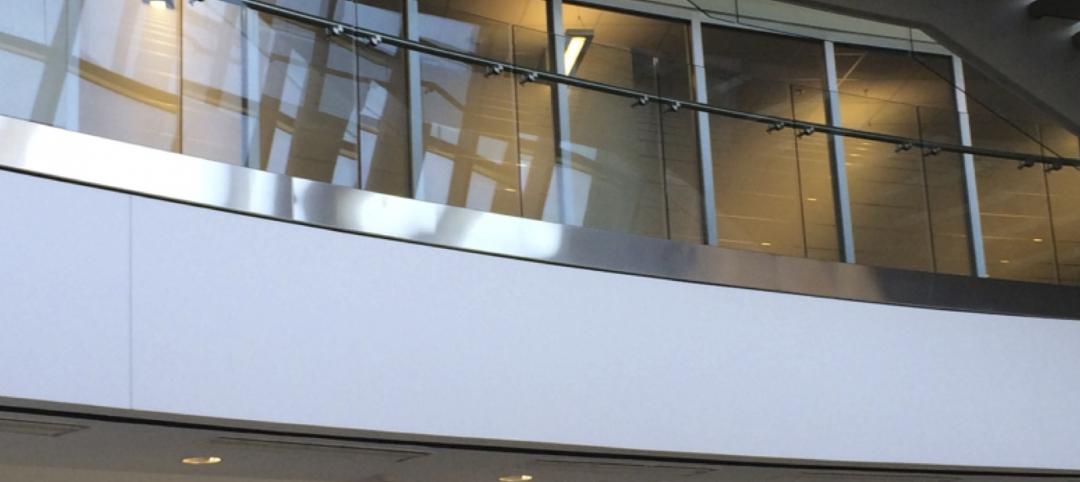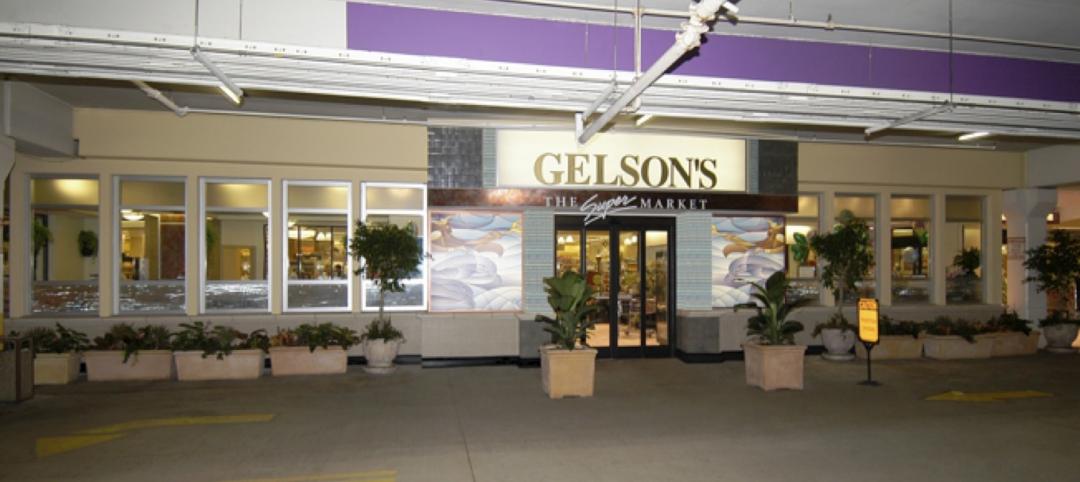The thought of walking along a five-foot-wide path coiled around the side of a mountain like a python on its prey while suspended 4,600 feet in the air is enough to make many people get a bit wobbly in the knees. But take that same path, and give it a clear glass bottom, and even those who deny a fear of heights may begin to sweat a little.
Well, now you don’t have to just imagine this path, you can experience it. The Coiling Dragon Cliff recently opened on Tianmen Mountain in the southern Chinese province of Hunan and offers tourists a chance to venture along a 100-meter-long, glass-bottomed walkway floating over a 4,600-foot drop.
In addition to surreal views of the surrounding mountainous landscape, the walkway overlooks Tongtian Avenue, a winding, 99-turn road weaving back and forth up the mountain. The new Coiling Dragon Cliff joins Zhangjiajie National Forest Park’s two other skywalks and the longest glass-bottomed bridge (1,410 feet) in the world.
If that still hasn’t satiated your inner daredevil, a cable car that picks people up at a nearby railroad and deposits them at the top of Tianmen Mountain, a ride totaling around 30 minutes from start to finish and one that is said to be the world's longest cable car ride, is also among the mountain's attractions.
Naturally, the first question that pops into most people’s minds with glass-bottomed structures is safety. And in an effort to prove just how safe these glass-bottomed structures are, park authorities deliberately cracked the glass of one of the bridge’s panels and drove a Volvo XC90, which has a curb weight around 4,300 pounds, over it.
They also treated the glass like a "Test Your Strength" carnival game and smashed it with sledgehammers. None of the tests resulted in completely breaking through any of the three layers of glass.
Related Stories
Cultural Facilities | Jul 16, 2015
Louisville group plans to build world's largest disco ball
The sphere would more than double the size of the current record holder.
Glass and Glazing | Jun 4, 2015
Construction of record breaking glass-bottom bridge nearly complete in China
Designed by Israeli architect Haim Dotan, the white bridge is meant to look as if it is “disappearing into the clouds.”
Glass and Glazing | Mar 15, 2015
Building tech breakthrough: Vacuum insulated panels keep University of Alaska students cozy in sub-zero temps
In a first-of-its-kind curtain wall installation, triple-pane VIP glass panels provide an astonishing R-40 insulation value at the university's new student union in Fairbanks.
Sponsored | Fire-Rated Products | Feb 12, 2015
State of the fire rated glazing industry
Many years have passed since my days as the “Wired Warrior,” writes SAFTI FIRST's Bill O'Keeffe. Every year at this time I reflect on just how far the fire-rated glazing industry has come.
Sponsored | | Jan 27, 2015
High-performance insulation brings design freedom, energy efficiency to urban redevelopment project
When developers of Uptown Bay City (Bay City, Mich.) began transforming the former industrial site into a mixed-use, self-sustaining riverfront community, they faced a design challenge. How could they incorporate greater expanses of glass to maximize views of the waterfront without the trade-off in energy efficiency?
Sponsored | | Dec 30, 2014
First-class glass: Designing for fire safety in schools
As more students enter the school system each year, designing for fire safety in educational facilities has never been more critical. Fire-rated glazing can be a key part of the solution.
Sponsored | | Dec 11, 2014
Fire rated glass contributes to Salt Lake City Public Safety Building’s sustainable and resilient design goals
One of the most exciting new buildings to open its doors this year is the Salt Lake City Public Safety Building Salt Lake City, Utah. This $125 million, 335,000-sf facility blends sustainability and resiliency under one roof. SPONSORED CONTENT
Sponsored | Fire-Rated Products | Dec 11, 2014
Fire rated glazing provides visual appeal and safety to garages
When it comes to designing parking garages, providing vision and transparency might not be the priority due to fire rated code requirements – but keen architects with grand visions see opportunities rather than restrictions, thanks to the advances in fire rated glass and framing technology.





